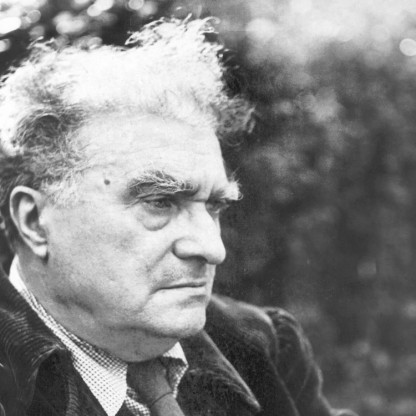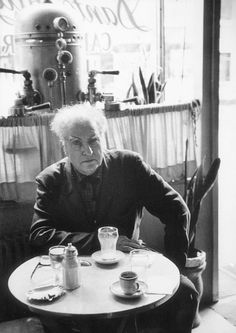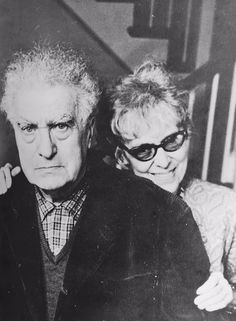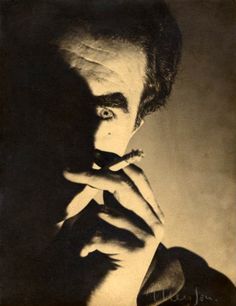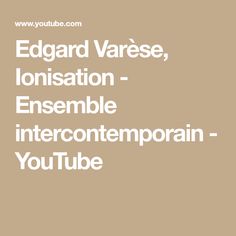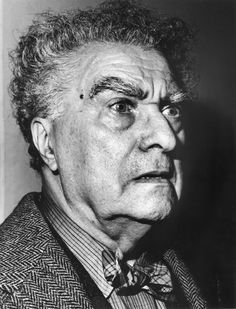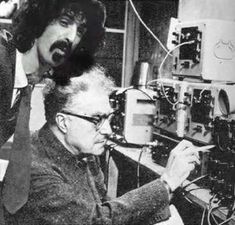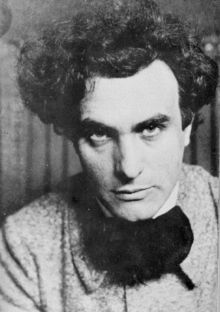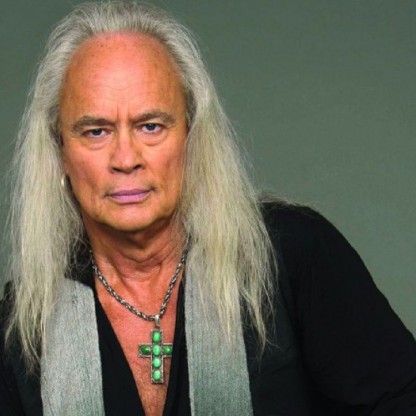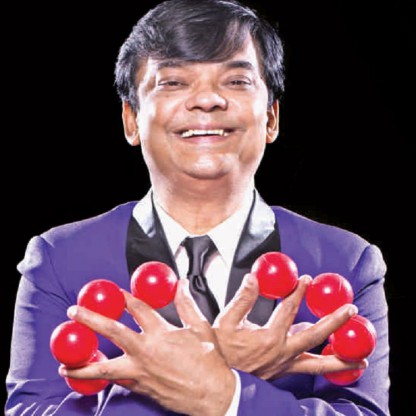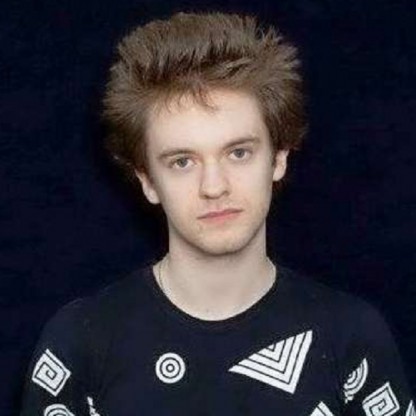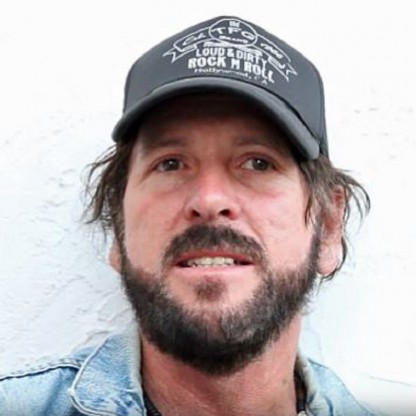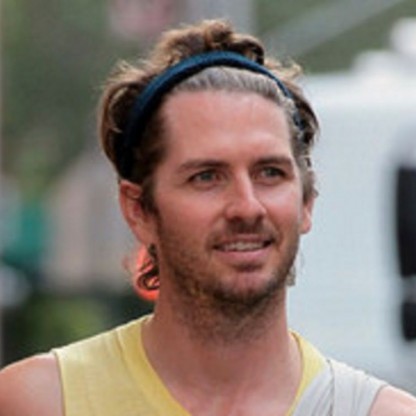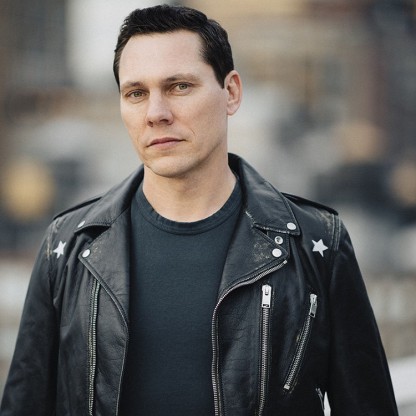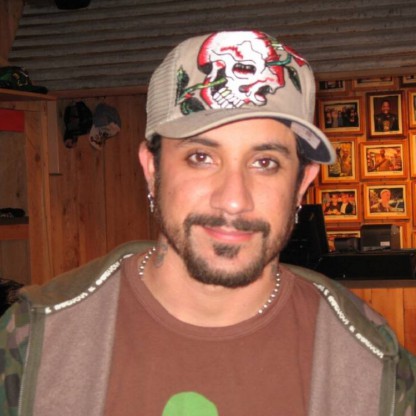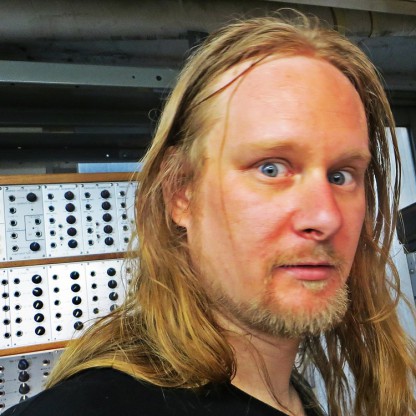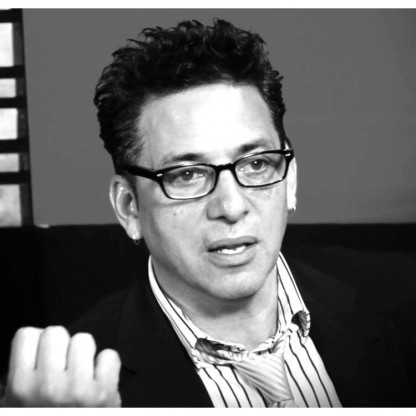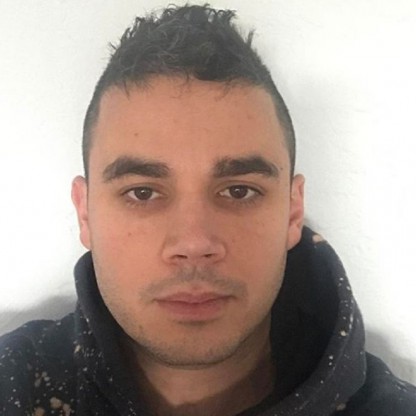After being reclaimed by his parents in the late 1880s, in 1893 young Edgard was forced to relocate with them to Turin, Italy, in part, to live amongst his paternal relatives, since his Father was of Italian descent. It was here that he had his first real musical lessons, with the long-time Director of Turin's conservatory, Giovanni Bolzoni. In 1895, he composed his first opera, Martin Pas, which has since been lost. Now in his teen years, Varèse, influenced by his Father, an Engineer, enrolled at the Polytechnic of Turin and started studying engineering, as his Father disapproved of his interest in music, and demanded an absolute dedication to engineering studies. This conflict grew bigger and bigger, especially after the death of his mother in 1900, until in 1903 Varèse left home for Paris.

